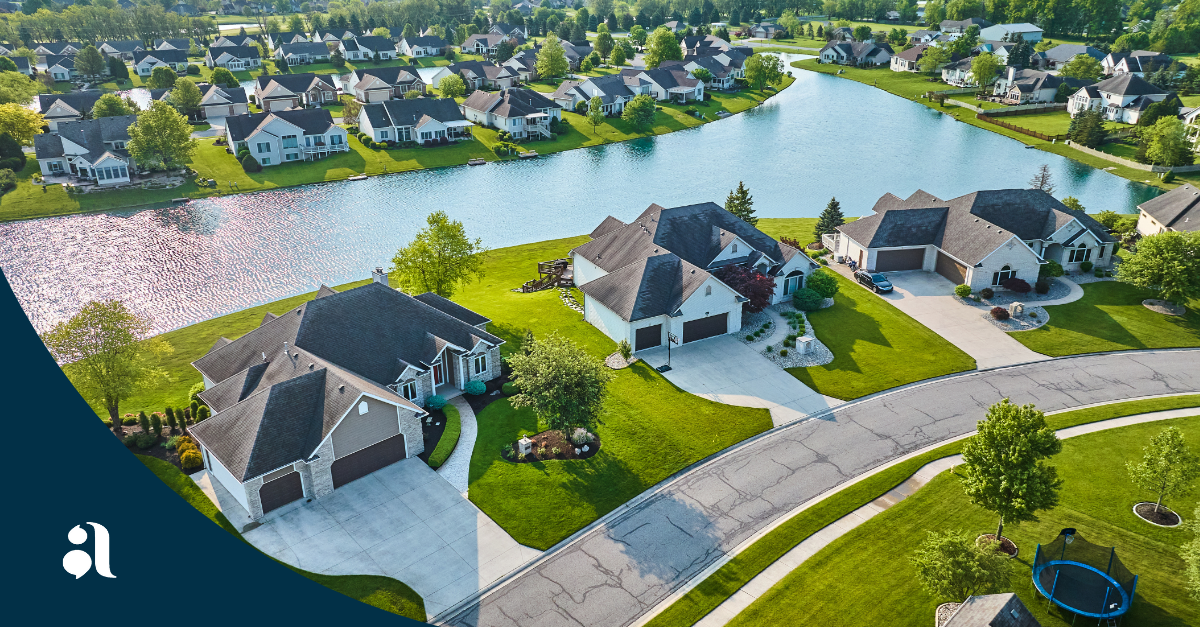
Fast Company Highlights What New Smart Homes Will Look Like
As smart and sustainable solutions continue to revolutionize the housing industry, a hot topic of conversation is how these digital innovations will impact the future of smart homes.
Fast company recently published an article highlighting what new smart homes will look like, which covers the ways in which new technologies are reimagining how we live by reshaping the ways consumers interact with their living spaces.
The article touches upon a few key points that real estate developers are considering when designing new smart homes. Here is the breakdown:
- Ensuring Innovations are User-friendly
As technology and smart home features continue to advance, consumers are looking for more out of their smart homes. However, experts say the key is ensuring that smart innovations are user-friendly to help increase the likelihood of widespread adoption. Change can be difficult, especially when it comes to introducing new technologies.
Cheryl Friedman, vice president of Lowe’s Innovation Labs, told Fast Company that one way to achieve this is by “transforming familiar surfaces into smart interfaces.” While discussing technology to support elderly populations, Friedman noted “Maybe you just touch a wall and that lets your loved ones know that you’re awake for the day or that you’ve had lunch or whatever it may be.”
Fast Company says that integrating technology into everyday functions can also reap benefits for home improvement, such as the Lowe’s iOS app that “uses light detection and ranging (LiDAR) technology to help consumers capture measurements within their space.”
- Empowering Consumers
One goal of new smart home developments is to put the power back into the consumers hand. For instance, consumers don’t typically have a lot of insight into their energy usage outside of paying their monthly bill. However, new smart home innovations will help consumers take control of their daily usage. One example of this is technology that automatically turns off lights or air conditioning as people switch rooms.
Brooks Howell, principal and residential global leader for the design and architecture firm Gensler, told Fast Company, “If you can cut your energy usage in your house by half, for instance, it really begins to change the way that people view energy and its usage.”
Another way in which new smart home innovations will be geared to empowering consumers is by educating them on issues. For instance, housing accounts for 20 percent of greenhouse emissions. Cheryl Friedman of Lowe’s Innovation Labs told Fast Company that “educating homeowners about their contributions can support broader efforts to reduce emissions.” One way in which Lowe’s is doing this is by creating guides that allow consumers to better understand and address their homes’ emission contributions.
- Partnerships are Key to Scaling Smart Tech
Fast Company noted that smart home technology hasn’t been widely attainable for many families due to economic reasons, making it more difficult for certain technologies to be widely adopted by homeowners. However, the article notes that in order to increase accessibility to more homeowners and scale smart technologies, companies can form partnerships with other innovative companies to find more cost effective solutions.
The article notes that “Moen is collaborating with home builder Lennar to install the ‘brains’ behind Moen’s smart shutoffs in most of the company’s new builds. That way, homeowners just need to buy a Moen smart faucet to take advantage of a broad range of functionality, such as Health Protect (which purges the water lines if you’ll be away for an extended period) and Burst Protect (which does the same if you’re away and a deep freeze is forecast).”
As smart home technologies continue to become more advanced, it is clear that ease of use and empowering consumers will be major focuses when it comes to new smart home developments.



